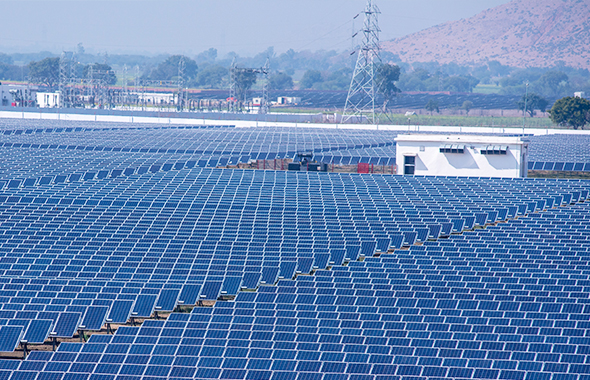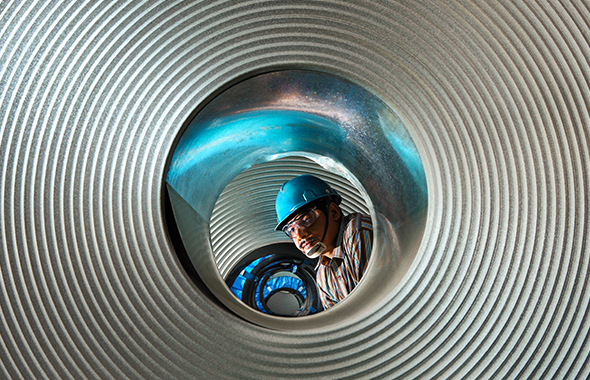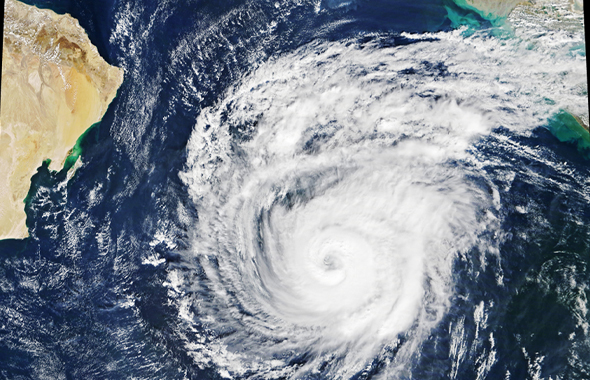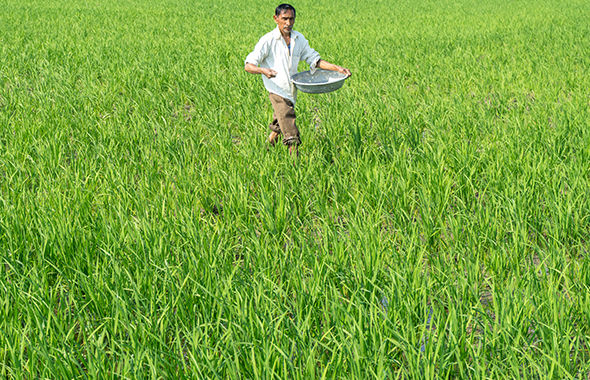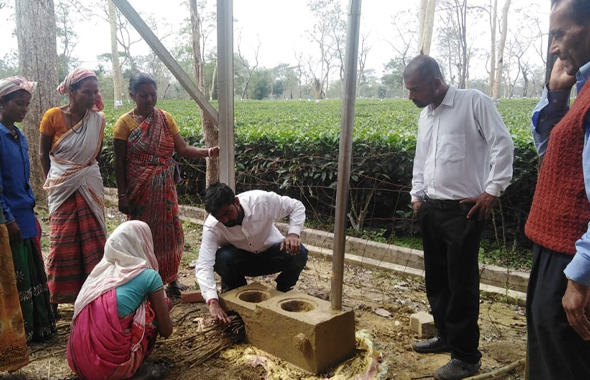Green jobs, clean rivers, sustainable transport:
When the pandemic urged us to reckon
new opportunities
We laid out a Green Stimulus package that would create demand and jobs without or minimal government spending. These measures, we believe, would not only help in economic recovery, but also accelerate India’s environmental transition after the pandemic is over.
Our analysis of consumer behaviours and patterns arising from the pandemic, especially in transport and waste management, highlighted the need for fast-tracking pending actions towards sustainability.

